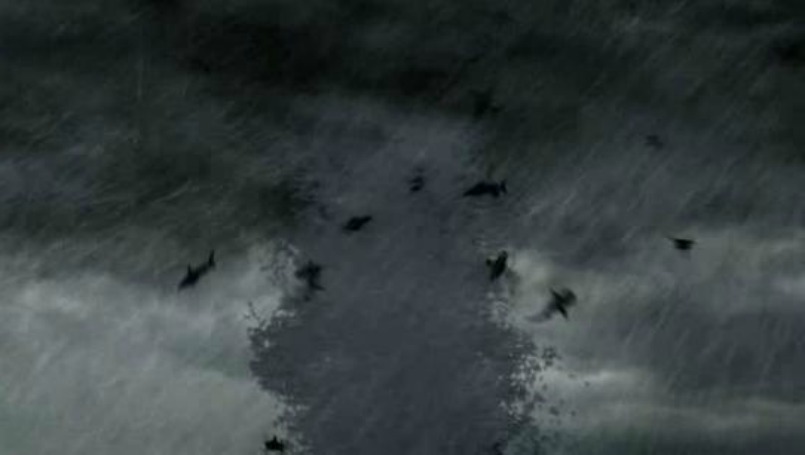Wednesday, July 30, 2014

In 2011, the Centers for Disease Control (CDC) launched a tongue-in-cheek campaign “to engage new audiences with preparedness messages.” The subject of their campaign - zombies.
While zombies were a big fear in 2011, 2014 has brought about a new series of threats and hazards. Today, we’ll talk about one in particular - sharknados. Naturally occurring in nature, a sharknado is the result of a hurricane that causes sharks to be scooped up in water spouts and flood a city with shark-infested seawater. There has only been one recorded sharknado in history (Los Angeles). UPDATE: Several other instances of sharknados have taken place since this article was published.
Michigan’s risk of a sharknado is definitely lower than some other coastal states, but it is important to learn how you can prepare for an extreme weather event such as this.
Knowing that Beaumont Hospital, Royal Oak is the only Level 1 Trauma Center in Oakland and Macomb counties (which means the center is equipped to handle the most severe trauma cases) is the first step in being prepared for a sharknado or any other trauma situation.
We asked members of Beaumont’s emergency medical and preparedness team their advice on how best to prepare in the event of a sharknado:
Bradford Walters, M.D., Emergency Physician, Beaumont, Royal Oak
“If something of this magnitude were to hit the area, we have a set protocol and would be ready to activate our disaster team. Despite all of our planning and preparation, there will always be scenarios you’re just not ready for – this being one of them. Regardless, our first step, as with any disaster, would be to start prioritizing and then treating the patients accordingly. A small bite would be given a much lower priority than a missing appendage. Next, we’d begin assembling our resources and gathering additional specialists or residents to help assist in the influx of patients.
The kinds of injuries we’d be looking for from a sharknado would be similar to tornado injuries – soft tissue injuries, blunt force traumas to legs, arms and body and head injuries – only with the added danger of sharks. Whatever the emergency, we have a team that can rise to the occasion.”
Donna Bucciarelli, RN, BSN, Trauma Prevention Education Coordinator
“It seems like every day we hear about people needing to make the decision to leave their homes temporarily or shelter in place to stay out of harm’s way. The reasons are different based primarily on where we live. Tornadoes, wild fires, hurricanes and flooding are just a few of the reasons for taking emergency actions. Sometimes those decisions need to be made at a moment’s notice, especially in the case of bad weather and tornadoes… or in this case sharknados.
Regardless of the type of bad weather, being prepared is essential to keeping you and your family safe. Having the essentials needed all in one place, for a few hours to a couple of days, can make all the difference.”
Gail Juleff, RN,MSN, Emergency Preparedness Program Manager
“Beaumont actively prepares for emergencies and takes an ‘all hazards’ approach. This means that the plans developed can be applied to any situation – even sharks in tornadoes!
We work to prepare the staff to respond to a variety of potential scenarios by providing tools and resources. There is a lot of preparation that goes into this, from identifying what potentially could impact the hospitals, to development of the plan to address specific incidents. This may range from a large amount of incoming patients; weather related scenarios; to loss of utilities. The plans are developed and exercised with the staff.”
Michelle Schnedler, RN, Manager, Emergency Center
“A disaster like this would generally be called to our attention from an EMS or somebody in the field. As a FYI, we’ll start informing the staff about the potential arrival of multiple new patients. We may get some or we may get none – we’ll get another call when patients are definitely on the way. Depending on the number of patients, an announcement is made and our incident command centers are implemented. As a nurse manager, my job is to assign duties and help triage patients.
The closest most of our staff will have seen to a shark bite would be the very rare injury we may see from the zoo, involving a zookeeper trying to care for or feed an animal. I can remember a particularly nasty injury that came in as the result of scratches from an anteater claw (which can measure up to 5 inches long)!”
